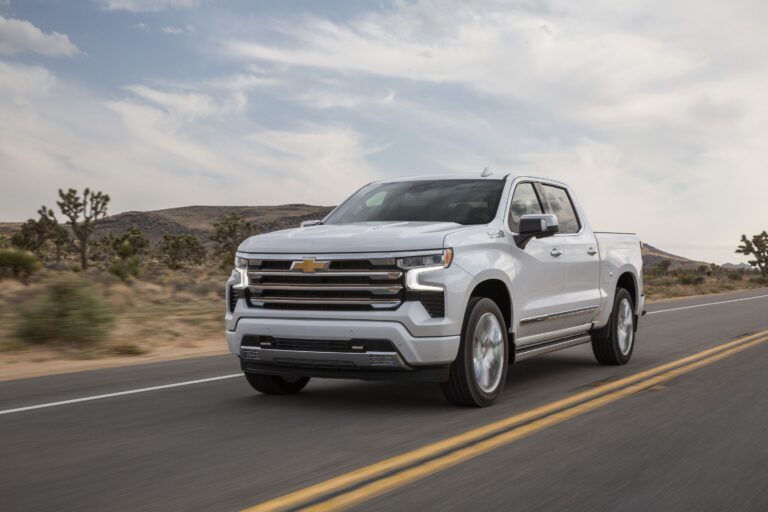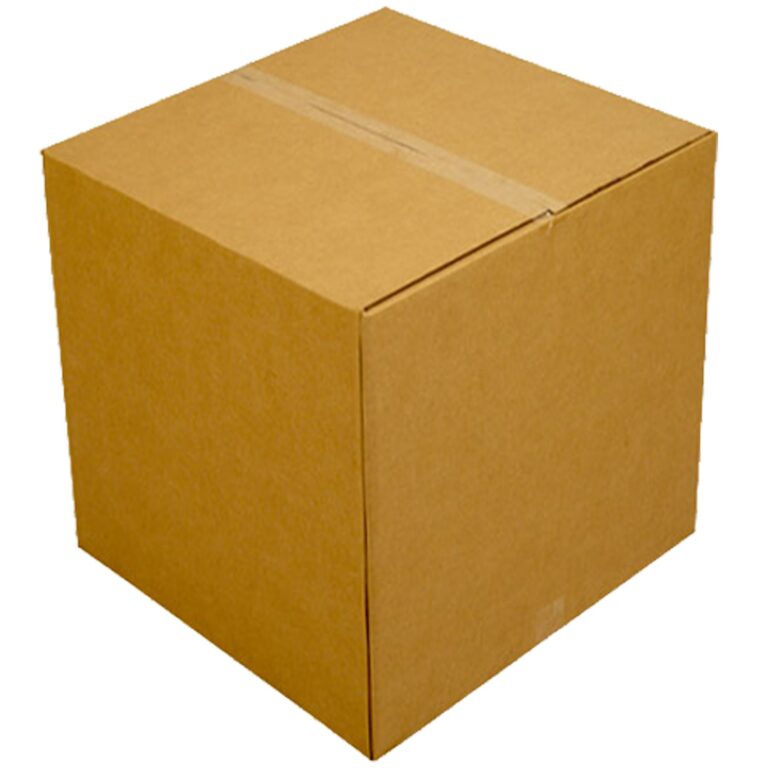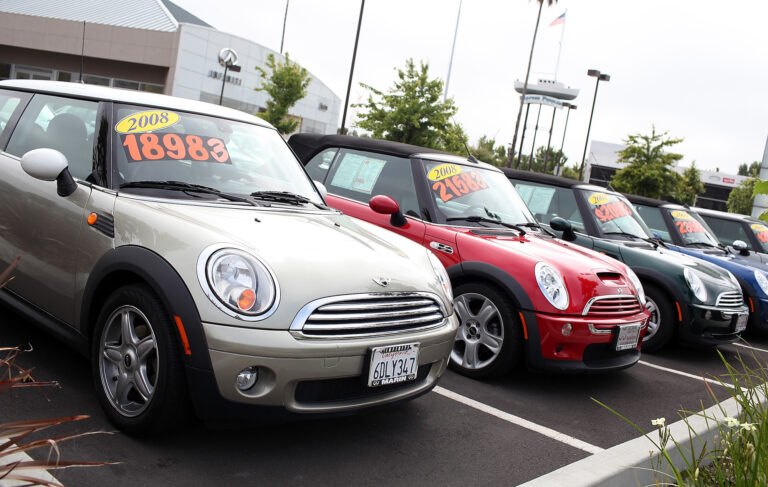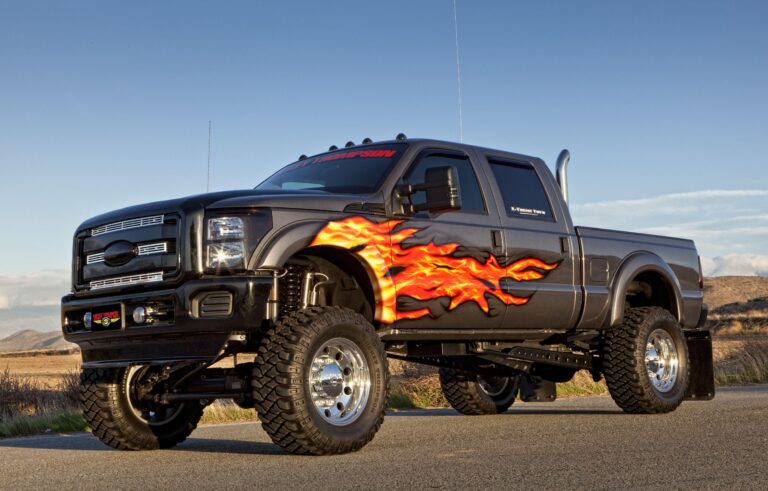Used Mud Trucks For Sale: Your Ultimate Guide to Hitting the Muck
Used Mud Trucks For Sale: Your Ultimate Guide to Hitting the Muck cars.truckstrend.com
The roar of a powerful engine, the spray of thick, brown water, the thrill of conquering seemingly impassable terrain – for many, mudding is more than just a hobby; it’s a passion. And at the heart of this exhilarating pursuit lies the mud truck: a purpose-built beast designed to tackle the gnarliest conditions. While building a custom mud truck from scratch can be a rewarding endeavor, it’s often a costly and time-consuming one. This is where the world of "Used Mud Trucks For Sale" comes into play, offering an accessible and often more immediate entry point into the muddy arena.
Buying a used mud truck allows enthusiasts to bypass much of the initial build complexity and expense, jumping straight into the action. It’s a smart choice for both seasoned veterans looking for their next project and newcomers eager to experience the adrenaline rush without breaking the bank. This comprehensive guide will navigate you through everything you need to know about finding, evaluating, and purchasing your ideal used mud truck.
Used Mud Trucks For Sale: Your Ultimate Guide to Hitting the Muck
Why Choose a Used Mud Truck? The Advantages of Pre-Owned Power
The decision to opt for a used mud truck over a new build or a stock vehicle comes with a host of compelling benefits:
- Significant Cost Savings: This is arguably the biggest draw. A professionally built or extensively modified mud truck can run into tens of thousands of dollars. Buying used allows you to acquire a vehicle with substantial modifications already installed at a fraction of the cost it would take to replicate them. The previous owner has often absorbed the depreciation and initial modification expenses.
- Immediate Gratification: Unlike a build that can take months or even years, a used mud truck is often ready to hit the trails the moment you buy it. This means less waiting and more actual mudding.
- Proven Performance: Many used mud trucks have a track record. You can often see videos or talk to the previous owner about how the truck performs in specific conditions. The modifications have been tested, and any initial bugs might have already been worked out.
- Learning Curve for Beginners: For those new to off-roading or mudding, a used truck provides an excellent platform to learn the ropes without the immense financial pressure of damaging a brand-new, highly customized vehicle. You can gain experience, understand what works (and what doesn’t), and then decide on future upgrades or a more ambitious build.
- Customization Potential: While already modified, most used mud trucks still offer ample room for personal touches. You might want to upgrade specific components, change the aesthetic, or fine-tune it to your specific driving style.

Key Components and Modifications to Look For in a Used Mud Truck
When evaluating used mud trucks for sale, understanding the common modifications and their purpose is crucial. These aren’t just cosmetic changes; they are essential for performance and durability in extreme conditions.
- Lift Kits & Suspension: A primary modification, lift kits provide the necessary ground clearance for larger tires and prevent the chassis from bottoming out. Look for well-engineered suspension lifts (leaf springs, coil springs, four-link setups) rather than just body lifts, which only raise the body from the frame. Inspect shocks, bushings, and control arms for wear or damage.
- Tires & Wheels: Mud-Terrain (M/T) tires with aggressive tread patterns are non-negotiable. Look for good tread depth and even wear. Larger diameter tires (e.g., 38-inch, 40-inch, 44-inch+) are common. Wheels should be robust, often steel or beadlock wheels (which secure the tire bead to the rim, preventing it from coming off at low pressures).
- Drivetrain Enhancements:
- Axles: Heavily reinforced or aftermarket axles (e.g., Dana 60, Dana 70, 14-bolt, Rockwell) are essential for handling the torque and stress of mudding. Check for bent housings or damaged knuckles.
- Lockers: Front and rear differential lockers ensure that power is sent equally to both wheels, providing maximum traction.
- Gearing: Lower gear ratios (e.g., 4.56, 4.88, 5.13, 5.38) compensate for larger tires, restoring power and torque.
- Transfer Case: A heavy-duty transfer case (e.g., NP205, Atlas) is vital for distributing power to all four wheels in low range.
- Engine & Transmission: While not always heavily modified, the engine should be reliable and adequately powerful for the truck’s weight and tire size. Look for good cooling systems (larger radiators, electric fans). The transmission (manual or automatic) should shift smoothly and show no signs of slipping.
- Protection & Recovery:
- Heavy-Duty Bumpers: Steel bumpers offer protection and provide robust points for recovery.
- Rock Sliders & Skid Plates: Protect the undercarriage, fuel tank, and transfer case from impacts.
- Winch: A front-mounted electric or hydraulic winch (10,000 lbs capacity or more) is a must-have for self-recovery or helping others.
- Recovery Points: D-rings or tow hooks integrated into bumpers.
- Other Essential Mods:
- Snorkel: Raises the engine’s air intake to prevent water ingestion when crossing deep mud holes or water.
- Aftermarket Lighting: Light bars and pods improve visibility in low-light conditions.
- Roll Cage: Essential for safety, especially in competition or extreme off-roading.
Where to Find Your Next Mud Truck: Hunting for the Beast
The search for a used mud truck can be an adventure in itself. Knowing where to look will significantly increase your chances of finding a suitable rig.
- Online Marketplaces & Forums:
- Facebook Marketplace & Groups: Numerous local and national off-road/mudding groups are excellent places to find trucks for sale. Use specific keywords like "mud truck," "4×4," "off-road," and the make/model you’re interested in.
- Craigslist: Still a popular platform for local listings. Be prepared to filter through many irrelevant ads.
- Dedicated Off-Road Forums: Websites like Pirate4x4, specific make/model forums (e.g., Ford-Trucks.com, Fullsizechevy.com), and regional off-road club forums often have classified sections where enthusiasts sell their rigs. These typically provide more detailed information and attract serious buyers.
- Specialized Dealerships: Some used car dealerships specialize in 4x4s, lifted trucks, or even dedicated off-road vehicles. While prices might be higher, these often come with some level of inspection or limited warranty.
- Auctions: Public auto auctions, particularly those specializing in salvaged or repossessed vehicles, can sometimes yield mud trucks. Be cautious, as "as-is" sales are common, and thorough inspection is paramount.
- Local Classifieds & Word of Mouth: Check local newspapers, community bulletin boards, and attend local mudding events or truck shows. Many private sales happen this way, and you can often get a direct history of the vehicle from the owner.
The Essential Pre-Purchase Inspection Checklist: Don’t Get Stuck with a Lemon
Buying a used mud truck is inherently riskier than buying a stock vehicle because of the stress they endure. A meticulous inspection is non-negotiable.
- Frame and Body:
- Rust: Mud and water are corrosive. Check the frame rails, body mounts, wheel wells, and floorboards for severe rust. Surface rust is common; deep, flaky, or perforated rust is a red flag.
- Cracks/Bends: Inspect the frame for cracks, especially near suspension mounting points or welds. Look for signs of bent frame sections from hard impacts or jumps.
- Accident Damage: Look for misaligned body panels, inconsistent paint, or evidence of major repairs.
- Drivetrain (Engine, Transmission, Transfer Case, Axles):
- Fluid Leaks: Check under the truck for oil, coolant, transmission fluid, or differential fluid leaks.
- Engine: Start it cold. Listen for knocking, ticking, or unusual noises. Check for excessive smoke from the exhaust (blue for oil, white for coolant, black for rich fuel mixture). Check oil and coolant levels and condition.
- Transmission: Test all gears, including reverse. For automatics, check for smooth shifts and no slipping. For manuals, check clutch engagement and listen for grinding.
- Transfer Case: Engage 4-high and 4-low. Listen for grinding or clunking.
- Differentials: Listen for howling or whining noises, which can indicate worn gears or bearings. Check for play in the axle shafts.
- Suspension & Steering:
- Shocks/Springs: Check for leaks on shocks and broken or sagging springs.
- Bushings: Inspect all suspension bushings for cracks, tears, or excessive wear.
- Steering: Check for excessive play in the steering wheel. Inspect tie rods, drag links, and ball joints for looseness.
- Tires & Wheels:
- Tread Wear: Ensure even wear. Uneven wear can indicate alignment issues, worn suspension components, or bent axles.
- Sidewalls: Check for cuts, bulges, or punctures.
- Wheels: Look for bends, cracks, or damage to beadlock rings.
- Electrical System:
- Test all lights (headlights, brake lights, turn signals, aftermarket lights).
- Check gauges, power windows, and accessories.
- If equipped with a winch, test its operation. Inspect wiring for aftermarket accessories; ensure it’s neatly routed and properly fused.
- Test Drive:
- Drive the truck on various surfaces if possible, including some rough terrain (with owner’s permission).
- Listen for unusual noises (clunks, squeaks, grinding).
- Test brakes for effectiveness and pulling.
- Check for vibrations at different speeds.
- Paperwork: Verify the vehicle’s title is clear and matches the VIN. Inquire about the history of modifications and maintenance records.
- Professional Inspection: If you’re serious about a truck, consider having a reputable off-road mechanic perform a pre-purchase inspection. This small investment can save you thousands down the line.
Understanding Pricing and Valuation: What to Expect
The price of a used mud truck can vary wildly based on several factors:
- Make, Model, and Year: Older, simpler platforms (e.g., older Ford F-Series, Chevy K-Series, Dodge Ram, Jeep CJ/YJ/TJ) are often more affordable and easier to work on. Newer trucks, even if used, will command higher prices.
- Condition: A well-maintained truck in excellent condition will fetch more than one showing signs of heavy abuse or neglect.
- Extent and Quality of Modifications: This is a major factor. A truck with high-end, professionally installed components (e.g., custom axles, big block engine, top-tier suspension) will be significantly more expensive than one with basic, budget-friendly mods. The brand of parts matters (e.g., Fox shocks vs. generic shocks).
- Mileage & Engine Hours: While less critical than for a daily driver, very high mileage or extensive engine hours can impact value.
- Geographic Location: Prices can vary by region due to local demand and supply.
Negotiating Tips: Be prepared to negotiate. Highlight any issues you found during your inspection. Research comparable sales to have a realistic offer in mind. "As Is" sales are common, meaning the seller isn’t responsible for issues after the sale.
Estimated Price Table for Used Mud Trucks For Sale
| Truck Type/Condition | Key Features/Modifications | Estimated Price Range (USD) |
|---|---|---|
| Entry-Level "Beater" | Stock or minor lift (2-4"), basic M/T tires (33-35"), older model, some rust, may need TLC. | $3,000 – $8,000 |
| Mid-Range "Trail Ready" | Moderate lift (4-8"), larger M/T tires (37-40"), upgraded axles, basic lockers, winch, decent engine. Well-maintained. | $8,000 – $20,000 |
| High-End "Built Beast" | Custom suspension (e.g., 4-link), large M/T tires (40"+), custom axles (Rockwells), fully locked, big block V8, roll cage, extensive armor, competition-ready. | $20,000 – $50,000+ |
| Show/Competition Grade | Professional build, top-tier components, immaculate condition, often custom chassis/body, extreme power. | $50,000 – $150,000+ |
Note: These are rough estimates and can fluctuate significantly based on brand, specific modifications, condition, and market demand.
Potential Challenges and Solutions
While buying used is advantageous, it’s not without its potential pitfalls. Being aware of these and having solutions in mind will make your experience smoother.
- Maintenance & Repairs: Mud trucks operate in harsh environments, leading to increased wear and tear. Parts can be specialized and expensive.
- Solution: Develop basic mechanical skills, find a trusted off-road mechanic, and budget for ongoing maintenance. Join online forums for DIY guidance.
- Legality & Street Legality: Heavily modified trucks might not be street legal in all states or provinces due to height restrictions, tire size limits, or exhaust noise regulations.
- Solution: Research local vehicle modification laws thoroughly before buying. If the truck is strictly for off-road use, ensure it can be trailered.
- Hidden Damage: Past off-road abuse can hide bent components, cracked welds, or water damage that isn’t immediately obvious.
- Solution: A thorough pre-purchase inspection (including professional help) is paramount. Ask direct questions about the truck’s history of abuse.
- Insurance: Insuring a highly modified vehicle can be challenging and expensive. Standard policies may not cover custom parts or off-road use.
- Solution: Shop around for specialty off-road vehicle insurance providers. Be upfront about all modifications to ensure proper coverage.
- Resale Value: While you save on initial cost, extensively modified trucks often have a limited resale market, appealing only to other enthusiasts.
- Solution: Don’t expect to recoup all your investment. Consider the truck an entertainment expense rather than a financial asset.
Conclusion: Embrace the Muddy Adventure
The world of used mud trucks for sale offers an exciting and often more affordable gateway into the thrilling sport of mudding. From the raw power of a heavily modified V8 to the sheer capability of oversized tires chewing through the muck, owning a mud truck is an unparalleled experience. By understanding the key components, knowing where to search, and diligently inspecting potential purchases, you can confidently find a rig that meets your needs and budget.
Remember, a used mud truck is an investment in adventure. Do your homework, ask the right questions, and don’t be afraid to walk away if something feels off. With careful consideration and a bit of mechanical foresight, you’ll soon be joining the ranks of mud enthusiasts, creating unforgettable memories one muddy splash at a time. The community is welcoming, the challenges are exhilarating, and the satisfaction of conquering the terrain in your own beast is truly second to none.
Frequently Asked Questions (FAQ) about Used Mud Trucks For Sale
Q1: How much does a used mud truck typically cost?
A1: The cost varies widely based on condition, modifications, make/model, and age. You can find entry-level trucks for $3,000-$8,000, mid-range "trail-ready" rigs for $8,000-$20,000, and highly built, competition-ready trucks for $20,000-$50,000 or more. Refer to the price table above for more details.
Q2: What are the best truck brands/models for mudding?
A2: Popular choices often include older Ford F-Series (F-250/F-350), Chevrolet K-Series (K10/K20/K30), Dodge Ram (2500/3500), and various Jeep models (CJ, YJ, TJ, JK). These are favored for their robust frames, solid axles, and aftermarket support.
Q3: Can I daily drive a mud truck?
A3: While technically possible, it’s often impractical and uncomfortable. Heavily modified mud trucks with large tires, stiff suspensions, and loud exhausts are typically not street-friendly. They also tend to have very poor fuel economy. Many mud trucks are trailered to events.
Q4: What are the most common problems to look for in a used mud truck?
A4: Look for severe frame rust or cracks, bent axle housings, worn out suspension components (shocks, bushings), differential and transfer case issues (leaks, noises), and evidence of water intrusion in the engine or transmission (e.g., milky oil).
Q5: Do I need special insurance for a modified mud truck?
A5: Yes, it’s highly recommended. Standard auto insurance policies may not cover extensive modifications or damage incurred during off-road use. Look for specialty off-road or classic car insurance providers who understand modified vehicles and can offer agreed-value policies for your custom parts. Always disclose all modifications to your insurer.
Q6: Is it cheaper to build a mud truck or buy one already built?
A6: In most cases, it is significantly cheaper to buy a used mud truck that is already built or extensively modified. The previous owner has typically absorbed the depreciation of the vehicle and the often substantial cost of parts and labor for modifications. Building one from scratch gives you full control but comes at a much higher financial outlay.
Q7: How important is a pre-purchase inspection by a professional?
A7: Extremely important. A professional off-road mechanic can spot issues that an untrained eye might miss, such as bent frame components, compromised welds, or internal drivetrain problems. This small investment can save you thousands in unexpected repairs.




